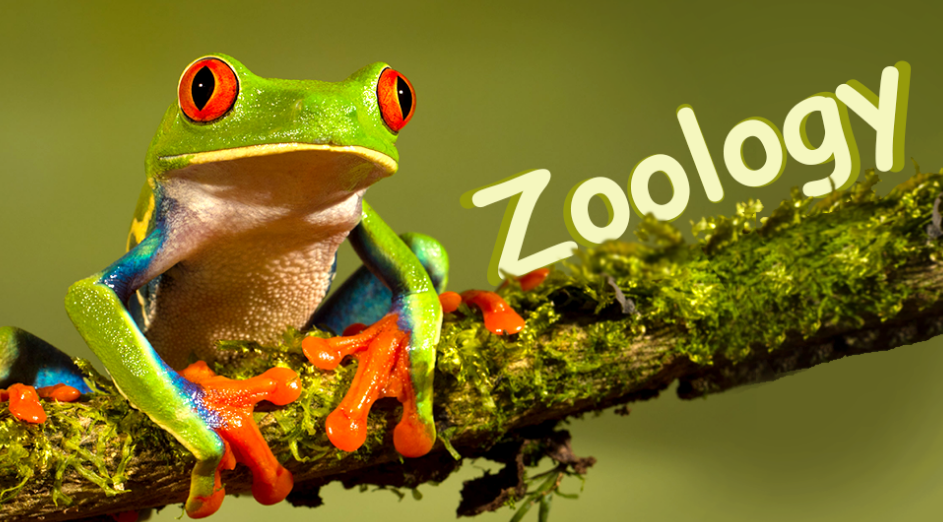The anatomy of arachnids is specialized and adapted to their diverse lifestyles. Their body structure is distinct from that of other arthropods, and it plays a critical role in their survival, behavior, and ecological interactions. Below is a detailed overview of the anatomical features of arachnids:
1. Body Segmentation
• Two Main Body Regions:
o Prosoma (Cephalothorax): This front body segment combines the head and thorax. It contains the eyes, mouthparts (chelicerae), pedipalps, and the attachment points for all eight legs.
o Opisthosoma (Abdomen): The rear part of the body, which varies in shape and segmentation across different orders. It houses the internal organs, including the digestive, reproductive, and respiratory systems. In some species, such as spiders, the opisthosoma is unsegmented, while in scorpions, it is segmented and includes a tail ending in a stinger.
2. Exoskeleton
• Composition: Made of chitin and proteins, the exoskeleton provides protection and structural support.
• Molting (Ecdysis): Arachnids periodically shed their exoskeleton to grow. During molting, they are more vulnerable to predators and environmental factors.
• Coloration: The exoskeleton can have various colors and patterns, which play roles in camouflage, warning signals, or mating displays.
3. Appendages
• Legs: Arachnids have eight jointed legs attached to the prosoma. Each leg is divided into several segments: coxa, trochanter, femur, patella, tibia, metatarsus, and tarsus.
• Chelicerae (Mouthparts): These are the first pair of appendages located near the mouth. In spiders, they are modified into fangs that inject venom, while in scorpions and other arachnids, they function as pincers or cutting tools.
• Pedipalps: The second pair of appendages that function differently depending on the species:
o In Spiders: Pedipalps are used for sensory functions and, in males, for transferring sperm to the female.
o In Scorpions: Pedipalps are modified into large, claw-like pincers used for grasping and manipulating prey.
4. Internal Anatomy
Digestive System
• Preoral Cavity: Food is pre-digested externally with digestive enzymes before it is taken into the body.
• Pharynx and Esophagus: The food passes through the pharynx and esophagus to the midgut.
• Midgut: The midgut is where most of the digestion and absorption of nutrients occurs.
• Cecae: Digestive glands that secrete enzymes to help break down food.
• Hindgut: The hindgut removes waste products, which are then excreted through the anus located at the end of the opisthosoma. Respiratory System
•
• Book Lungs: Spiders and scorpions often have book lungs, which are plate-like structures for gas exchange.
• Tracheal System: Some arachnids, like smaller spiders and mites, have a tracheal system made up of small tubes that transport air directly to the tissues.
• Spiracles: Openings on the body surface that allow air to enter the respiratory system.
Circulatory System
• Open Circulatory System: Arachnids have an open circulatory system in which blood (hemolymph) is pumped through the body by a heart located in the abdomen.
• Hemolymph: The hemolymph carries nutrients and gases but has a limited role in transporting oxygen compared to vertebrate blood.
5. Nervous System
• Central Nervous System: Consists of a brain (supraesophageal ganglion) and a series of ventral nerve cords connected to ganglia that control the legs and body functions.
• Sensory Organs:
o Eyes: Most arachnids have simple eyes (ocelli) that can detect light and movement but do not form detailed images.
o Sensory Hairs (Setae): These hairs detect vibrations, chemical signals, and physical contact, playing an important role in their hunting and defense strategies.
6. Reproductive System
• Sexual Reproduction: Most arachnids have separate sexes (male and female). The reproductive organs are located in the opisthosoma.
• Mating: Mating behavior can vary widely among different groups. In spiders, males often use their pedipalps to transfer sperm to the female’s reproductive organs.
• Egg-Laying: Female arachnids lay eggs, which are sometimes wrapped in silk for protection (as in spiders). Scorpions give birth to live young.
7. Silk Glands and Spinnerets (in Spiders)
• Silk Glands: Specialized glands in the opisthosoma produce silk proteins that solidify when exposed to air.
• Spinnerets: Spiders have several pairs of spinnerets located at the end of the abdomen, which control the type and amount of silk produced.
• Silk Uses: Silk is used for building webs, wrapping prey, creating egg sacs, and producing safety lines (draglines).
8. Venom Glands (in Spiders and Scorpions)
• Venom Production: Many arachnids have venom glands connected to their chelicerae (in spiders) or stingers (in scorpions).
• Function: Venom is used to immobilize or kill prey and can also serve as a defense mechanism against predators.
• Venom Composition: The venom contains enzymes, toxins, and other chemicals that break down the prey’s tissues and aid in digestion.
Summary of Arachnid Anatomy
• Body Regions: Two main parts — the prosoma (cephalothorax) and opisthosoma (abdomen).
• Appendages: Eight legs, chelicerae (mouthparts), and pedipalps.
• Internal Systems: Specialized digestive, respiratory, and circulatory systems adapted for their predatory lifestyle.
• Sensory Organs: Simple eyes, sensory hairs, and chemoreceptors for detecting prey and environmental changes.
• Silk Production (in Spiders): Silk glands and spinnerets for web-building and other functions.
• Venom: Venom glands used for predation and defense.
These anatomical adaptations enable arachnids to be efficient hunters, predators, and survivors in diverse environments, playing crucial roles in their ecosystems.
June 8, 2025
- A Cross-Sectional Study on the Prevalence of Salmonella inRaw Milk in Tandojam and Surrounding Areas, Pakistan
- Consequence of biotin as a nourish preservative on thedevelopment of Gallus gallus domesticus
- STUDY ON THE ISOLATION AND IDENTIFICATION OF ASCARIS LUMBRICOIDES FROM SINDH, PAKISTAN.
- IN VITRO DIGESTIBILITY OF SELECTED FORAGES IN SARGODHADISTRICT, PAKISTAN



